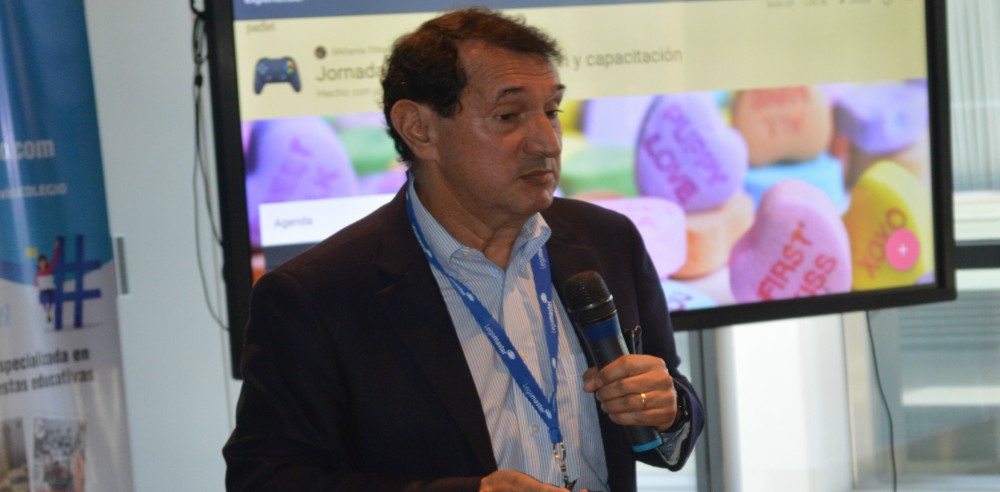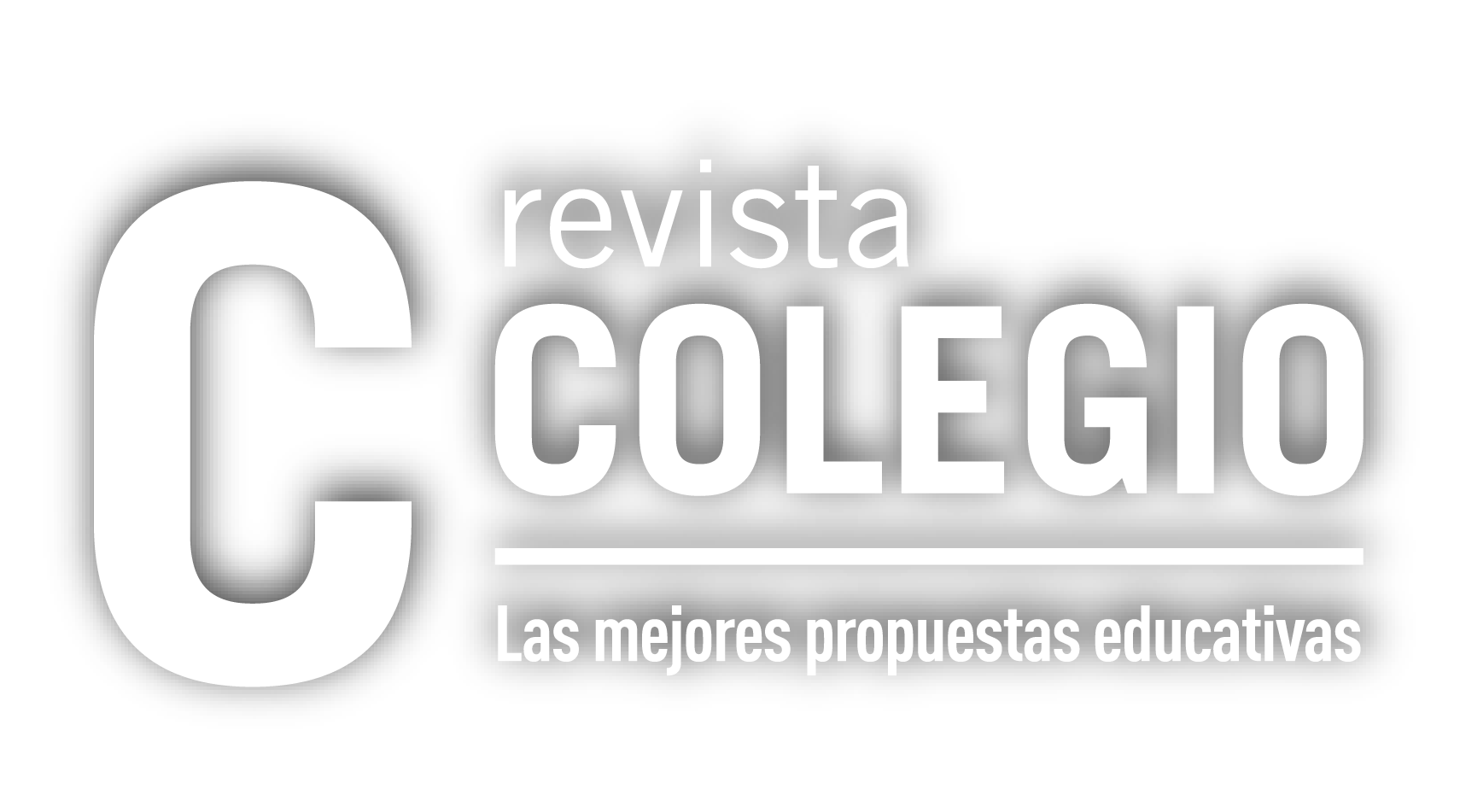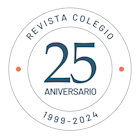
Gilberto Pinzón, CEO Edu1st
As a species, and for thousands of years, we have tried to explain things we don’t understand. To survive, we have always struggled to comprehend our environment and the dynamics of what surrounds us. In the beginning, we arrived at magical, theological, mythological and esoteric explanations for the phenomena we could not make sense of with the little knowledge that we had about our context and ourselves.
The sun, the moon, fire, lightning, life, and death have all been gods, dragons, legends and hypotheses that we’ve come up with to try to grasp the inexplicable. Then as we come to understand the workings of that former “magic”, we incorporate it, explain it, and use it to ask ourselves new questions. This process continues the adventure of understanding who we are in the world around us.
In a similar way, as a species, we’ve always sought the ability to anticipate the future as a means to predict and prepare for the unexpected. For centuries, we have reached out to astrologers, fortune tellers, card readers, and many other invented methods that try to guess what will come next for us. Many of these proposals are linked to ideas of magic, and others come closer to science; to the study and analysis of history and the events that humanity has faced in the past.
Economists, statisticians, scientists, sociologists and other representatives of the study of human behavior and its environment, have developed models to try to anticipate occurrences, cycles and events. Undoubtedly, many of these models have proven to be reliable and are able to foresee different circumstances that act predictably within a chain of elements following an ordered and sequential pattern.
However, there are also those events that, although may have been mentioned by a minority of scholars, occur outside any framework that fits the prediction models of most so-called “experts”. These are the events that Nassim Nicholas Taleb calls “Black Swans”. They are those random moments that humanity does not see coming and that burst forth loudly and unexpectedly to push off balance the normal flow of our day-to-day.
I see this Coronavirus, more specifically known as COVID-19, as a black swan in all its magnitude. To analyze whether we really find ourselves in the presence of such an event, I suggest doing the thinking routine “The story”. This thinking strategy invites us to realize that every anecdote, book, experience, etc., has three stories: a main one, a parallel one, and a hidden one.
With this event, as the main story, we have a highly contagious virus, which apparently originated in China and comes from animals, quite possibly from a type of bat.
The parallel stories in this event relate to the epidemic that it generated in its place of origin, its swift spread to other continents, and its evolution into a pandemic that expands morbidity and mortality to levels of exponential growth that have taken all experts and world leaders by surprise. Within these parallel stories, we see narratives of how this virus has destabilized the infrastructure and logistics of entire countries in a matter of weeks, pushing them to make radical decisions never seen before in recent history. We see the closing of borders in an open and globalized world; curfews for millions of people in cities and countries; ghost metropolises; airports without flights; highways without traffic; buildings and malls without people, without activity; empty gyms full of treadmills and machines left untouched by people who, ironically, now need to actually go outside and exercise in the open in order to be healthy.
But what is the hidden story of COVID-19? Hidden stories are often made up of multiple, synergistic elements, some identifiable and others written in indelible ink, impossible to read at the beginning, but then, with the passage of months and years, become evident and help explain those unexpected and profound changes that black swans bring. The impact and transformation brought by these hidden stories is then analyzed from economic, political, social, cultural, and personal levels for years to come.
With that in mind, I suggest that one of the hidden stories of this pandemic that we will one day analyze will revolve around the way we educate and relate to each other. We live in a society of people that don’t have time; the most important resource of any human being, because time is not renewable and every second that passes is time forever gone. The question is then: “What do we have time for?” Do we have time to be productive? We sit in vehicles for hours going from point A to B, hardly working or being efficient. Our most important legacy should be our children, but we too often don’t have time for them and they do not have time for us either. Our occupations and theirs only give us time for a few minutes of interaction, and within those few minutes, we succumb to distractors such as mobile phones and technology that connects us with what is outside and far, but disconnects us from what is inside and near: ourselves and the people who are valuable to us, our children, parents, family, friends. In an era in which the life expectancy of the human being has increased incredibly, we live many more years, but we have less time.
When I talk to teachers about rethinking the educational model, they frequently say: “we don’t have time”. And again the question is: “What do we have time for then?” Do we have time to complete a book chapter by a certain date so that we meet a curriculum deadline and students can pass or fail based on a number or letter that is only there to support a system? Or should the time be allocated and invested so that students really learn to navigate the learning process and come to understand and develop the knowledge, skills, competencies, dispositions and behaviors necessary to allow them to understand themselves and their environment better? Wouldn’t the time for education be better spent on developing human beings who have what it takes to thrive in a changing world while also adding value to it?
This black swan that we are facing is confronting us with our own nature; it is bringing out the best in us as a species, but also the worst. Fear makes us act selfishly; we rampage supermarkets and take everything we can without thinking about the needs of others. On the other hand, we also unite to help others and are capable of making difficult decisions that require personal sacrifices for the common good. We are experiencing challenges that change the parameters of how we see things. Discrimination is an unfortunate but inherent part of our species, and overnight, discriminatory elements have changed from skin color, gender or socio-economic level to who is “contaminated” and who isn’t. Now, discriminators experience discrimination in their own flesh as less developed countries deny entrance to citizens of developed countries.
Our main responsibility as parents is that of preparing and educating our children for the future, but we have often believed that by delegating education to schools and teachers, it is they who are responsible for this commitment we inherently made to our children by bringing them into the world. As a result, now that our children are with us all the time, we find it incredibly difficult to handle the situation. We are probably good coaches or leaders with our subordinates at work, but we have a hard time leading at home.
For now, my invitation, and in order to simplify this reflection (with fear of oversimplifying it), is to observe what happens with the closure of educational centers in highly affected countries, which also happen to be some of the most developed countries in the world.
For decades, some pioneers, researchers and thinkers have questioned the current educational model, which has been implemented for centuries with minimal modifications in relation to its methodological structure. We all know about the incredible and sometimes dizzying changes happening in today’s world, and it is no secret to anyone that education is worryingly lagging behind the context in which it operates.
There is already important research and evidence of the successful foray of technology and software in the areas of learning and teaching. There are measurements that show how learning certain subjects, such as mathematics, is more effective and economical through the use of software that uses little or no participation from a teacher. Despite the fact that these resources are more effective and efficient, however, the educational model refuses to evolve. It remains anchored to a scheme that is centered on a main teacher, memorization of information and evaluation through standardized tests.
Let’s go back to the black swan and its hidden story then. Schools and universities have closed without clarity about when they will re-open, many estimating that this will not occur before the beginning of the next academic year.
Educational institutions have been left with no other option than to look for alternatives rarely contemplated before. Until now, they had made use of technological options in a timid and simplistic way, perhaps using some apps and platforms, but only as mere support to a traditional model. But now, schools and universities, some more versed in the subject than others, have had to rethink how they promote and provoke learning in their students.
We have to understand this as a process, which will consolidate as students become more exposed to this new reality, which not only implies the use of technologies, but also requires a methodological change and a new vision for the roles of the teacher and the learner.
There is already some evidence, from those places that have had to be the first to implement the online alternative, which suggests the possibility that this black swan has forced an irreversible migration to the model to which the coronavirus has pushed us. Perhaps we will begin to shift into learning far from the four walls of a classroom, using resources that go beyond the teacher as a provider of information, and empowering the learner to exercise autonomy, appropriation and empowerment. We must hold on to the timelessness of learning, while expanding the possibilities of knowledge, realizing that schools, universities, and the teacher might lose relevance as the axis of the teaching-learning process.
It is very difficult to determine today the magnitude of impact that these new measures, generated by the urgency of the unpredictability of the moment, will have on students, teachers, educational institutions and societies tomorrow. What we can anticipate though, is that the students and the community will have the opportunity to experience this massive new way of approaching learning, work, and the many other activities that are part of our way of life. Some of the side effects of this black swan will be quickly evaluated as positive, neutral or negative, some will take more time, but what will be most relevant to the future will be the questions that it made us ask ourselves. Many of the paradigms that accompany us, those that we never question, and those that we continue to ride through inertia, will suddenly reveal themselves to deserve a reflection and a moment thorough rethinking. This black swan will have provoked that.
This black swan has pushed us to stay home longer, cook again, try new recipes, eat with the family, tell stories, be teachers, be creative, discover our children and ourselves. It has surely also made us rethink what we do every day, how we do it, and why we do it.
I may be over-simplifying things, or on the contrary, over-complicating them. Time will tell. What we do know is that other black swans, such as September 11, triggered a definitive change in the history of nations, the world, and its citizens. And in that case, like with many others, its impact has not yet been fully determined, as time increasingly adds more hidden stories.
The impact of this pandemic could potentially generate a depression. It could change laws and policies globally on health, migration, research and international trade. It could transform business models, bury companies and industries and generate innovation and the emergence of new ways of doing things. It could inspire a rethinking of priorities for people when it comes to everything that relates to the way we live, learn, work, interact with and educate our children.
So how big is this black swan? Only time will tell.
Gilberto Pinzón Co-founder of Edu1st, Creator of the VESS Model and VESS Master-Coach.






Notas Relacionadas
La Conferencia Iberoamericana del IB en Bogotá: Innovación y Colaboración Educativa
Estrategias Metodológicas para la enseñanza de Inglés como herramienta comunicativa integral
Pearson Clinical Assessment: About Us